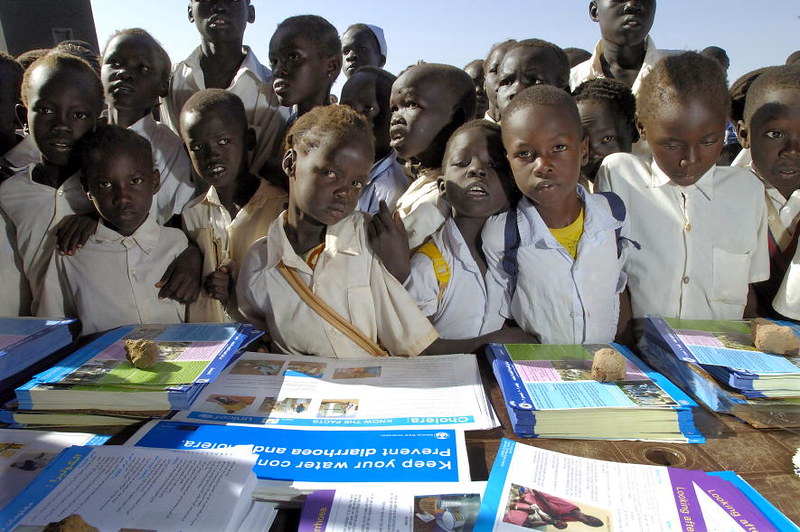 Sudan has experienced the largest displacement since the civil war outbreak in April 2023, affecting approximately 12 million civilians. The conflict between the paramilitary Rapid Support Forces (RSF), led by Janjaweed leader Hemedti and the Sudanese Armed Forces (SAF), under Abdel Fattah al-Burhan, has displaced more than 1 million children, primarily across South Sudan, Ethiopia and Egypt. This sudden instability has resulted in numerous deaths and disabilities and has brought the country to the brink of famine.
Sudan has experienced the largest displacement since the civil war outbreak in April 2023, affecting approximately 12 million civilians. The conflict between the paramilitary Rapid Support Forces (RSF), led by Janjaweed leader Hemedti and the Sudanese Armed Forces (SAF), under Abdel Fattah al-Burhan, has displaced more than 1 million children, primarily across South Sudan, Ethiopia and Egypt. This sudden instability has resulted in numerous deaths and disabilities and has brought the country to the brink of famine.
Child Soldiers
Child soldiers often come from poor backgrounds and are forcefully recruited and, in some cases, decide to join, having witnessed violent streaks in their villages under the influence of the warring parties. In 2000, the United Nations (U.N.) General Assembly warned militias. It recognized that the use and recruitment of children as child soldiers is a crime act. An optional protocol was initiated to protect children from recruitment.
Despite extra measures, the United Nations Children’s Fund (UNICEF) has accounted for 7,622 child soldiers in global conflicts as of 2022. The militia abducts and indoctrinates children to be porters, guards, cooks and combatants; the minors are also used as shields and for sexual exploitation, according to the U.N.
World Vision
World Vision is a Christian faith-based organization that seeks to create safe and harmonious environments for vulnerable children, irrespective of their backgrounds. It is dedicated to ending child exploitation in developing countries by tackling the root cause of poverty. World Vision’s main aim is to end all forms of child exploitation with a holistic approach, providing hope to Sudan’s former child soldiers.
Measures Set in Rehabilitating Child Soldiers
- Prevention: The primary focus of World Vision is to prevent child recruitment and ensure child safety by educating the affected communities on how family/community violence can lead to malleable decision-making. It believes that reinforcing protective measures can prevent recruitment. Furthermore, integrating tools and skills for young boys and girls in decision-making can lead to a more harmonious community.
Elders and caregivers are encouraged to participate in social networks to eradicate harmful beliefs and help protect their youth. In partnership with civic organizations, community-based organizations and other nongovernmental organizations (NGOs), World Vision provides economic opportunities, social assistance, universal birth registration and family support funds.
- Reintegration: Despite the atrocities Sudan’s child soldiers have faced, many find hope in World Vision’s rehabilitation centers. So far, 2,000 children have recovered with the aid of UNICEF and the education sector in the two centers currently operating in South Sudan. Former war children receive counseling tailored to their traumas. Additionally, opportunities for a new life are created through access to formal education, various apprenticeships like tailoring and other vocational training.
Additionally, World Vision has funded space in the Blue Nile region with a volleyball court, basketball court, board games and art equipment. Children-friendly spaces are important for the psychological development of former child soldiers, allowing them to feel like children again. One former child soldier, Grace, who was abducted at 17, shared her gratitude for the rehabilitation center and how she found hope again through tailoring.
Final Remark
World Vision’s efforts have transformed the lives of children who once knew only violence. By promoting social cohesion and providing access to education, the NGO aims to prevent further child exploitation. The long term goals is ensuring a better quality of life for the children and their communities.
– Lydie Udofia
Lydie is based in London, UK and focuses on Global Health and World News for The Borgen Project.
Photo: Flickr

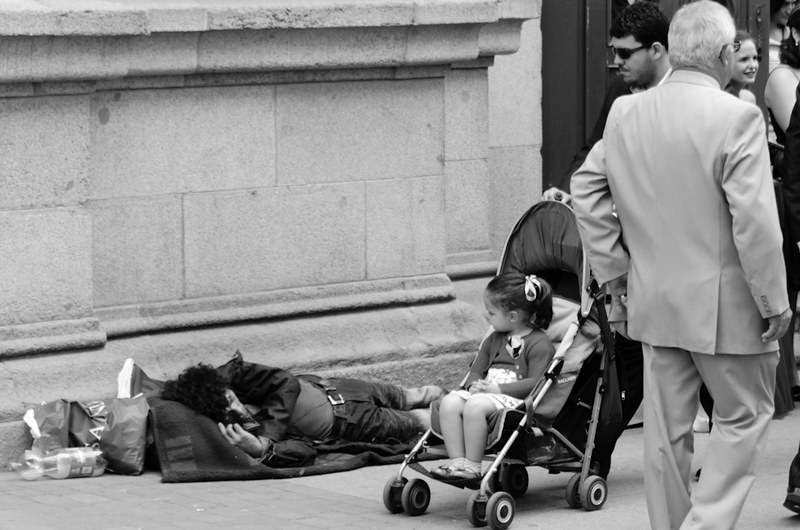 Spain has experienced a
Spain has experienced a 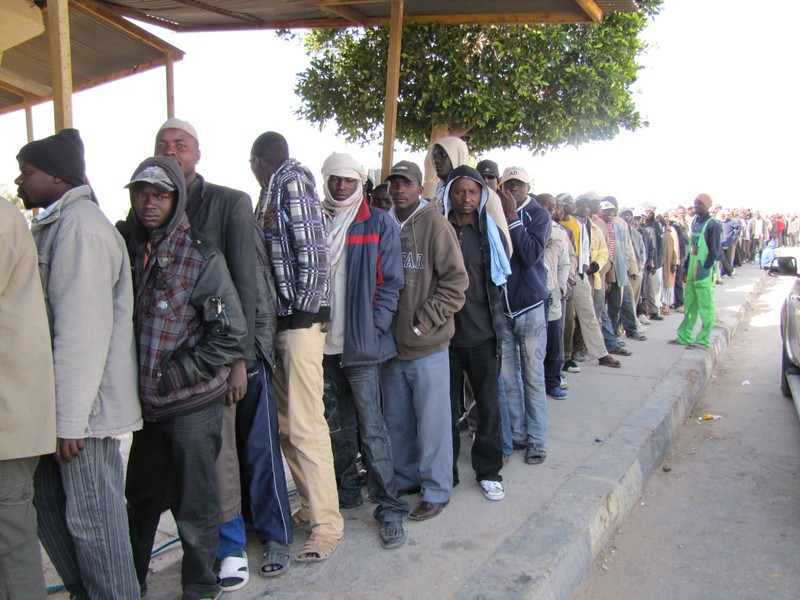
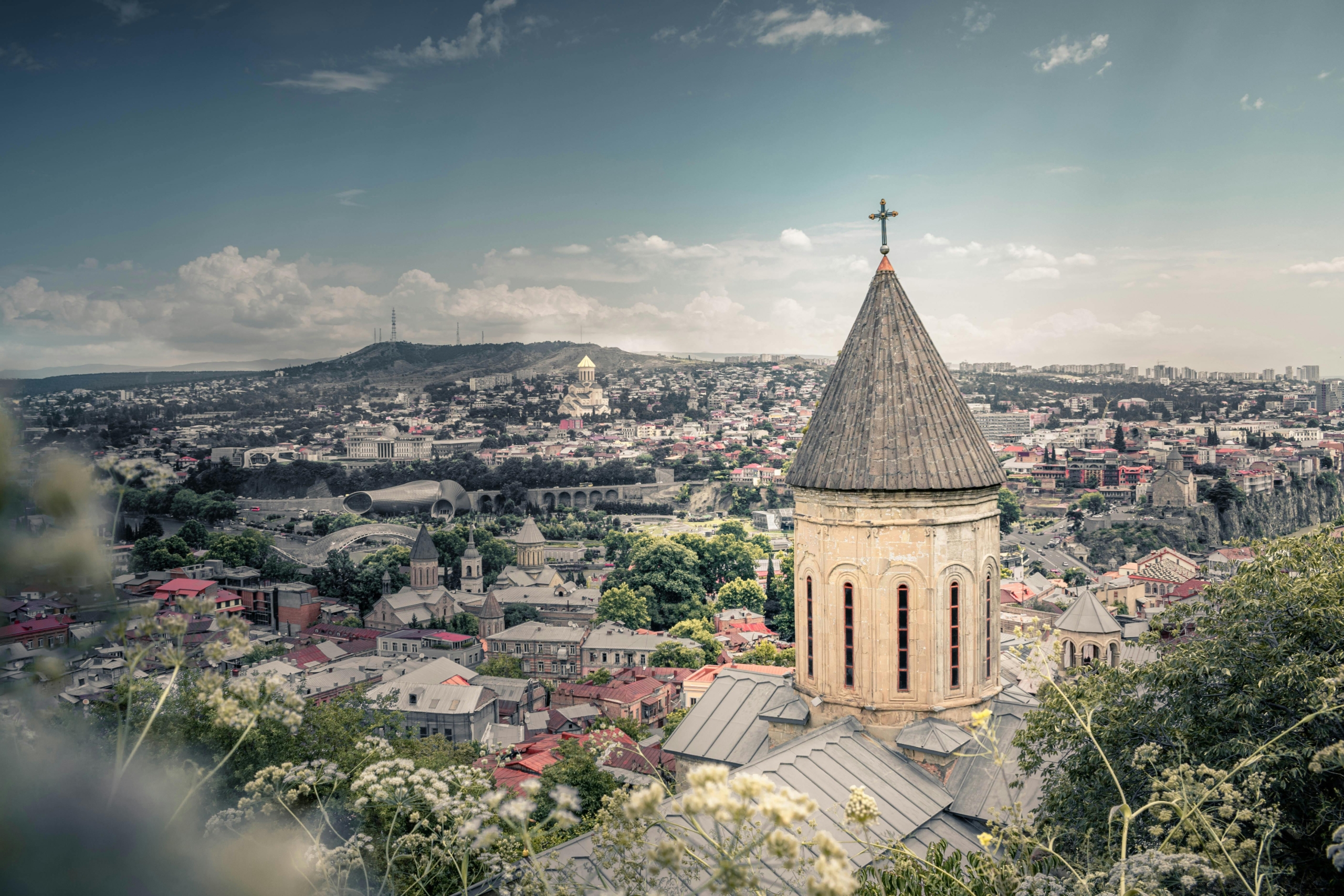
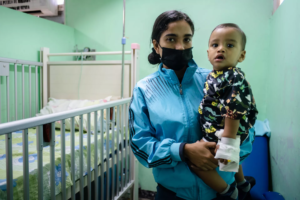
 Children in Kenya are struggling. In places like Kisumu, many are living on the streets, “
Children in Kenya are struggling. In places like Kisumu, many are living on the streets, “ The Buy-One-Give-One (BOGO) model has gained traction in recent years as consumers increasingly demand sustainable and socially responsible business practices. This approach ensures that with every product purchased, a similar item or benefit is donated to communities in need. Despite initial skepticism about its impact on poverty reduction, the BOGO model is making strides in sustainable poverty alleviation, demonstrating its ability to marry profitability with meaningful social impact.
The Buy-One-Give-One (BOGO) model has gained traction in recent years as consumers increasingly demand sustainable and socially responsible business practices. This approach ensures that with every product purchased, a similar item or benefit is donated to communities in need. Despite initial skepticism about its impact on poverty reduction, the BOGO model is making strides in sustainable poverty alleviation, demonstrating its ability to marry profitability with meaningful social impact. Despite the agricultural potential and beauties of Cambodia, the country’s people face hardships. Almost
Despite the agricultural potential and beauties of Cambodia, the country’s people face hardships. Almost  Known for its iconic movies and world-famous parks,
Known for its iconic movies and world-famous parks, 